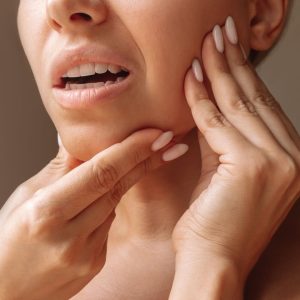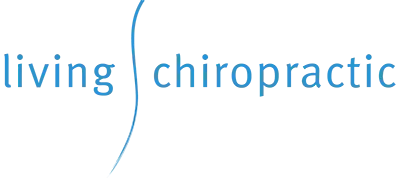Living with jaw pain or clicking when you chew, speak or yawn? You might be experiencing TMJ dysfunction—a common yet often overlooked condition affecting the jaw joint and surrounding muscles. At Living Chiropractic, we’re proud to offer evidence-informed care for TMJ disorders, led by Dr. Michelle Clarke, one of Australia’s most experienced chiropractors in this field.
👉 Read more about our TMJ & Orofacial Myofunctional Therapy services here.
TMJ Disorder – What You Need to Know About Jaw Pain, Clicking & Locking
What Is TMJ Dysfunction?
The temporomandibular joint (TMJ) connects your jawbone to your skull, allowing you to chew, speak, and open your mouth. TMJ dysfunction—also referred to as TMD—occurs when this joint becomes misaligned or inflamed, leading to a cascade of uncomfortable symptoms.
Common symptoms include:
Jaw pain or tenderness
Clicking, popping, or locking of the jaw
Headaches or earaches
Facial tension or pressure behind the eyes
Pain when chewing or talking
Uneven bite or difficulty opening the mouth
Causes of TMJ Dysfunction
TMJ dysfunction can be caused by several factors, such as:
Teeth grinding (bruxism) or clenching
Poor posture affecting jaw alignment
Stress and muscle tension
Jaw trauma or previous injuries
Misaligned bite or dental issues

What the Research Says
Studies support chiropractic and myofunctional therapies in reducing symptoms of TMJ dysfunction:
A 2016 review published in Manual Therapy found that manual therapy techniques, including chiropractic adjustments and soft tissue work, improved pain and jaw function in TMD patients.
Research by Miller et al. (2010) demonstrated that conservative, non-invasive therapies, such as chiropractic and muscle re-education, were effective in improving outcomes in patients with chronic TMJ pain.
Orofacial myofunctional therapy has shown strong results in children and adults with mouth breathing, bruxism, and jaw underdevelopment, according to studies published in The International Journal of Orofacial Myology.
Our approach at Living Chiropractic is both gentle and precise, focusing on the nervous system and spinal alignmentto reduce tension, restore jaw mobility, and support proper function.
We don’t just treat symptoms—we assess how jaw dysfunction relates to the neck, cranial structures, and posture to deliver a well-rounded plan that encourages lasting relief.
Dr. Michelle Clarke uses a unique blend of:
TMJ-specific chiropractic adjustments
Myofascial release of jaw, facial, and neck muscles
Cranial release techniques to improve alignment and function
Orofacial Myofunctional Therapy (OMT) to correct muscle imbalances in the face, tongue, and jaw
MyoMunchee Therapy to strengthen oral structures, particularly helpful for children
We also work closely with dentists, orthodontists, and ENT specialists when needed, ensuring your care is collaborative and tailored.
How Chiropractic Helps with TMJ Pain
When Should You Seek Help?
If jaw symptoms are persistent (more than 2–3 weeks) or are starting to impact your sleep, eating, or daily comfort, it’s time to get assessed.
Early treatment prevents chronic dysfunction. You don’t need to live with jaw pain—our experienced team is here to help you feel and function better.
Ready to Take the First Step?
📍 Located in Chelsea Heights, Living Chiropractic supports patients across Bonbeach, Carrum, Patterson Lakes, Aspendale Gardens and beyond.
📞 Call us today: 03 9580 2282
